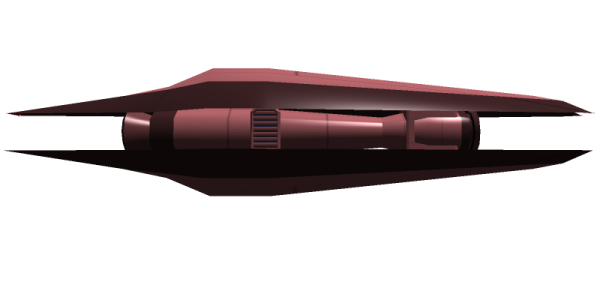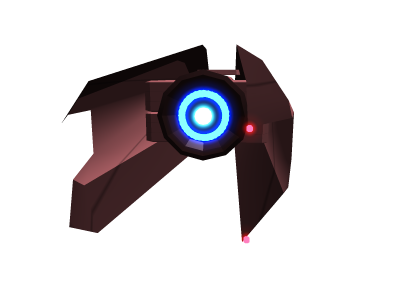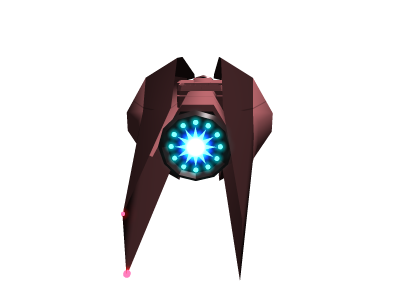The Star Army
-
- Bases & Facilities (85)
- Buildings A-Z (42)
-
- Equipment A-Z (211)
- Starships by Class (73)
- Starships by Name (276)
- Small Craft (54)
- Uniforms (58)
- Vehicles A-Z (19)
- Weapons A-Z (141)
- Forms (6)
Current SAoY RPs
Personnel
-
-
- Occupations (48)
- Awards (40)
- Ranks (21)
-



